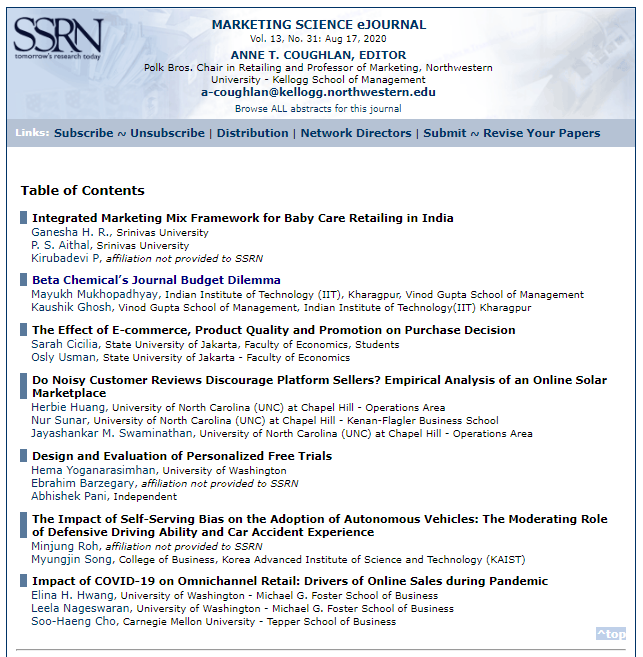With an increasing case of COVID-19 deaths in USA, FDA’s emergency use authorisation (EUA) issued permission to physicians the option to prescribe the drug hydroxychloroquine (HCQ), which President Donald Trump has recommended. “I think it was resorted to more out of a sense of desperation”, said Joseph Masci, an infectious disease specialist and director of global health at Elmhurst Hospital in Queens, a borough of New York City, which is at the centre of the epidemic in the USA. “It is just an indication of how sudden and massive this outbreak has been.”
Under the EUA, hydroxychloroquine can be used only in a hospital setting to treat COVID-19 in adults and adolescents who weigh at least 50 kg and are not able to participate in a clinical trial. The drugs must also be obtained from the national stockpile to protect the supply for other patients who have relied on the drugs for years to control autoimmune diseases including lupus and rheumatoid arthritis. But 3 days after the EUA, a surge in demand forced the agency to declare a shortage of HCQ drugs.
Meanwhile in India, Mr P. M. Chandraiah has been on war-footing alert. And the reasons are legitimate. He is the managing director of The Beta Chemicals & Pharmaceuticals Ltd. (BCPL) that manufactures chloroquine phosphate.It is the only PSU that produces the anti-malarial drug in the country, which is high demand in US. In fact, Mr Trump has specifically requested Mr N Modi, PM of India, for a large supply of this COVID-19 placeholder drug which India had to diplomatically oblige. “We have the necessary infrastructure. If asked, we can manufacture hydroxychloroquine (HCQ). It is only a different formulation,” Mr. Chandraiah told to The Economic Times.
Case Scenario
To increase its credibility among general US physicians, in midst of COVID-19 outbreak, BCPL is trying to determine how to advertise in the leading US medical journals. BCPL’smarketing team knows the cost of a one-page ad in each journal and how many doctors of each type subscribe to each journal. For example, a one-page ad in American Family Physician (AFP) costs $19,699, and there are 80,601 family practitioners who subscribe to AFP. Assume that each journal is published twelve times a year and BCPL can place at most two ad pages in each issue of a journal.
Business Problem
How can BCPL minimize the cost of obtaining the wanted number of exposures?
Case Study published by Marketing Science eJournal Vol. 13 No. 31 and freely available in Elsevier SSRN DOI: 10.2139/ssrn.3638184. Co-Authored by Kaushik Ghosh.
